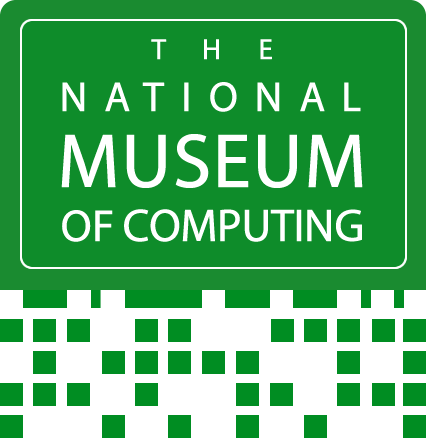Virtual Lorenz
/Experience wartime crypto communications on the web
Virtual Lorenz revealed in tribute to Bill Tutte and wartime codebreakers
An online Virtual Lorenz that can be used by anyone wanting to experience sending and receiving top-secret Second World War communications was unveiled at The National Museum of Computing in celebration of the centenary of Bill Tutte, the man who unravelled the secrets of Hitler’s most secret encryption device.
Thought to be unbreakable, Lorenz encryption was used in the top-secret teleprinter communications of the German High Command during the Second World War. But the ingenious work of Bill Tutte at Bletchley Park unravelled the mysteries of the highly complex twelve-rotor Lorenz SZ42 machine even though he never saw the device until after the war. Tutte’s work, often regarded as the greatest intellectual feat of the war, shortened the conflict by enabling the decryption of the enemy’s strategic messages on a regular basis - and very rapidly with the help of Colossus computers.
At the Bill Tutte centenary event, Martin Gillow unveiled his creation of a Virtual Lorenz that runs on the web and can be used by anyone with internet access. Looking, operating and even sounding uncannily like a real Lorenz SZ42, virtual start wheels appear in 3D and whirr and as they are set, teletype chattering noises are heard as communications are exchanged and the encrypted and un-encrypted text appears on screen as messages are sent and received. Even the Ablesetafel used to establish the start wheel settings is represented. In practice, the Virtual Lorenz is easier to use than its wartime real-time equivalent.
Martin Gillow explained the inspiration of the Virtual Lorenz. “As a programmer, I was fascinated by the rebuild of Colossus computer when I first saw it at The National Museum of Computing. Tony Sale, who led the rebuild team, had also created a Virtual Colossus for the web, but I discovered that it would only run on old browsers. Since Tony Sale had passed on, it was likely to become inaccessible and lost forever as web technologies progress.
“So, I decided to recreate the Virtual Colossus – and then a Virtual Lorenz to accompany it. It took months of work in my spare time and revealing it to the audience at the Museum was a real thrill.”
At the event, Lorenz-encrypted messages were sent between Block H, the home of Colossus and TNMOC on Bletchley Park, and Ben Trethowan, a TNMOC volunteer and modern day cyber security expert near Guildford in Hampshire. True to the wartime history, two messages were sent – with the same wheel settings, but the second with abbreviations – that was the operator mistake that led to the first breakthrough in uncovering the secrets of Lorenz encryption.
The Virtual Lorenz is available for anyone to use at http://lorenz.virtualcolossus.co.uk
An original Lorenz SZ42, an Ablesetafel that determined the wheel settings and a German military teleprinter are on display in the Tunny and Colossus Galleries at the The National Museum of Computing – alongside reconstructions of the full set of equipment used by the Bletchley Park codebreakers to decrypt the messages sent by German High Command. The Colossus and Tunny galleries are open daily 10.30am - 5pm.
About The National Museum of Computing
The National Museum of Computing, located on Bletchley Park, is an independent charity housing the world's largest collection of functional historic computers, including the rebuilt Colossus, the world’s first electronic computer, and the WITCH, the world's oldest working digital computer. The Museum enables visitors to follow the development of computing from the ultra-secret pioneering efforts of the 1940s through the large systems and mainframes of the 1950s, 60s and 70s, and the rise of personal computing in the 1980s and beyond.
The Museum runs a highly successful Learning Programme for schools and colleges and promotes introductions to computer coding amongst young people to inspire the next generation of computer scientists and engineers.
Sponsors of the Museum have included Bletchley Park Science and Innovation Centre, Bloomberg, CreateOnline, Ceravision, Fujitsu, InsightSoftware.com, Ocado Technology, FUZE, 4Links, Google UK, IBM, NPL, HP Labs, and BCS.
Outside the long school holidays, the whole Museum is open to the public from 12 noon - 5pm on Thursdays, Saturdays and Sundays, spring and summer Bank Holidays and during long school holidays. The Colossus and Tunny galleries are open daily. Public and private Guided Tours are available and bookable online – see the website or the iPhone app for details. Educational and corporate group visits are available by prior arrangement.
For more information, see www.tnmoc.org and follow @tnmoc on Twitter and The National Museum of Computing on Facebook and Google+. A TNMOC iPhone App is also available from the iPhone App Store.
Media Contacts
Stephen Fleming, Palam Communications, for The National Museum of Computing
01635 299116
s.fleming@palam.co.uk








